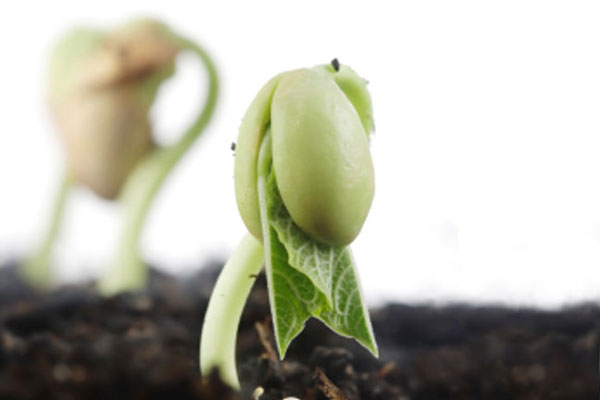Preparing Rows
There are as many different row arrangements as there are plants to choose from.
SINGLE ROWS: Planting in a single row is most common seed arrangement. This arrangement is easy to maintain, organize and allows plenty of space to attend and harvest vegetables if space properly.
WIDE ROWS: Vegetables such as beets, carrots, collards, kale, leaf lettuce, mustard, radishes, and spinach will benefit from wide rows as opposed to single rows. These types of rows should be no wider than 36" to make it easy to maintain and harvest vegetables. This also helps conserve space and water requirements.
TRENCH: Trench planting is beneficial to underground plants, and even tomato starter plants. Set up much like single rows, just dig the trench about a foot wide and deep.
INVERTED HILL: Opposite the trench, this method catches and holds extra moisture as well as directing any runoff to the center. Cucumbers, squash and other trailing vegetables benefit from planting in inverted hills. Create an inverted hill by removing an inch of soil from a circle about a foot across creating a shallow depression. Using the soil you've removed, form a rim around the circle. During heavy rainfall the rim falls inward, giving extra protection and anchorage to shallow rooted plants.
BLOCKS: Grouping vegetables in 18 - 36" blocks is also another method allowing easy access to plants.
Don't forget to allow plenty of space between rows or beds for walking and picking vegetables!




